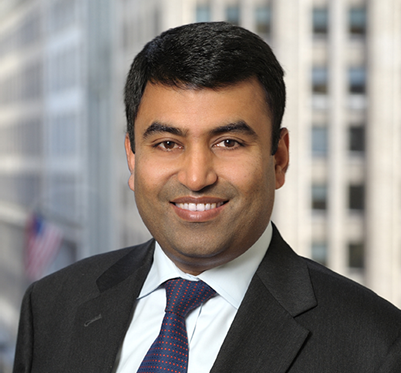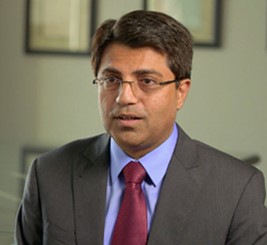Who, from a universe of 200+ emerging markets managers, did we choose to speak to … and how?
Good question! We decided to rely on insiders’ judgment, rather than mere notoriety or a strategy’s recent performance. We started by talking with Andrew Foster about his take on his investable universe and its evolution, then asked Andrew whose judgments he respected and who we ought to talk with. We asked those folks the same. Those recommendations, constrained by time and availability, led to conversations with the six worthies below.
We wanted to share a brief bio of each, then a quick snapshot of their strategy’s five-year performance. In each bio, the link directs you back to the strategy’s homepage.
| Fund Manager | Their story | Them! |
| Andrew Foster | Andrew cofounded Seafarer Capital in 2011 after an illustrious stint at Matthews Asia. He co-manages his flagship Seafarer Overseas Growth & Income (SIGIX, five star, Silver) with Paul Espinosa and Katie Jacquet, and Seafarer Overseas Value (SFVLX, five star, Silver) with lead manager Paul Espinosa. SFVLX is one of only four small-to-midcap value EM funds in existence. |  |
| Laura Geritz | Laura founded Rondure Global in 2016 after a distinguished career at Wasatch Funds, with whom Rondure has an ongoing partnership. Rondure is one of the few women-owned fund advisors and focuses on high-quality core holdings in both developed and developing markets. She co-manages Rondure New World (RNWIX, five star, Neutral M* analyst rating) with Blake Clayton and Jennifer McCulloch. |  |
| Todd McClone | Todd joined William Blair in 2000 after managing portfolios for Strong Capital Managements. (Who now remembers Dick Strong?) He co-manages William Blair Emerging Market Leaders (WELIX, five star, Gold rated), which targets “well-managed, quality growth companies” with Casey Preyss and Vivian Lin Thurston, both of whom joined the fund (though not the firm) in 2022. |  |
| Rakesh Bordia | Rakesh, a software engineer by training, joined Pzena in 2007. He co-manages Pzena Emerging Markets Value (three star, Neutral rated), which invests in “deeply undervalued businesses” from among the largest companies in the developing markets, with Caroline Cai and Allison Fisch. |  |
| Arjun Jayaraman | Dr. Jayaraman is a director, quantitative portfolio manager and head of the quantitative research at Causeway and has been with the firm since January 2006. He co-manages Causeway Emerging Markets (CEMIX, three star, Bronze), which relies on quant screens to create a growth/value balance, with MacDuff Kuhnert, Joe Gubler, and Ryan Myers. |  |
| Pradipta Chakrabortty | Pradipta has an unusual path to investment management, with 12 years as a product manager for the Indian group of firms like General Mills before completing his MBA at the Wharton School. He joined Harding Loevner in 2008 and co-manages Harding Loevner Emerging Markets (HLMEX, two star, Silver rating) with Scott Crawshaw. |  |
The table below tries to give you a quick visual summary of each strategy’s relative performance over the past five years.
Except for the first column – average annual returns over the past five years – focus on a column heading and a cell color to get the most understanding in the quickest interval. For more detailed analysis, either click on the fund’s web link, in the bios above or be smart to join MFO Premium where the cool kids hang out.
The color coding reflects each fund’s performance relative to its peer group over the past five years.
Blue: much above average, top 20% of all funds!
Green: above average, top 21-40%
Yellow: somewhere between the 40-60 percentile. A perfectly reasonable place to be.
Orange: below average, somewhere between 61-80th percentile.
Red: much below average for this particular time period in this particular measure. Especially in the case of a fund that3 has earned a lot of respect from the experts (Morningstar’s analysts think of Harding Loevner as an intrinsically above-average fund even though that’s not reflected in the recent returns), the best response to a low score is to learn more about what’s behind the lag. Often the laggard in one set of conditions can become the champion in the next.
The first two columns reflect a fund’s above and relative returns over the past five years. Columns 3-7 reflect a fund’s downside potential, ranging from its maximum decline relative to its peers (Rondure and Seafarer, for example, have much smaller maximum drawdowns over the past five years than their peers) to various measurements of volatility, called deviation. Finally, the last four columns offer summary risk-return assessments. If you see blue, you’re getting amply rewarded for the risks you’ve been exposed to.
Complete definitions are available at MFO Premium.











